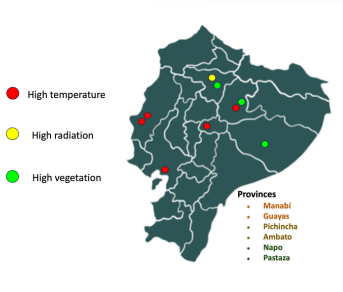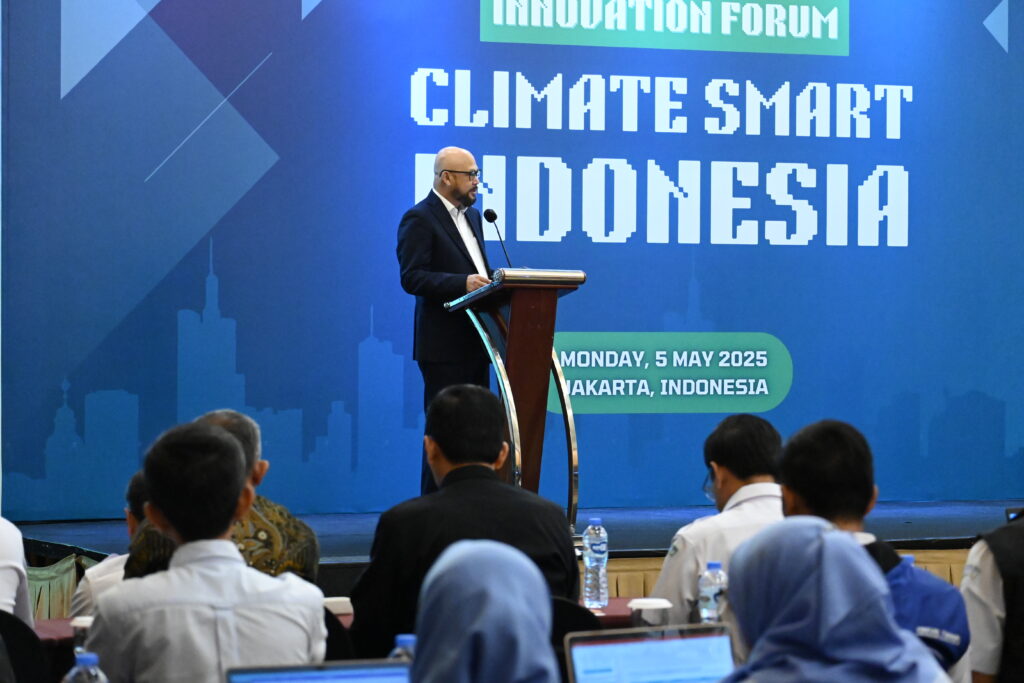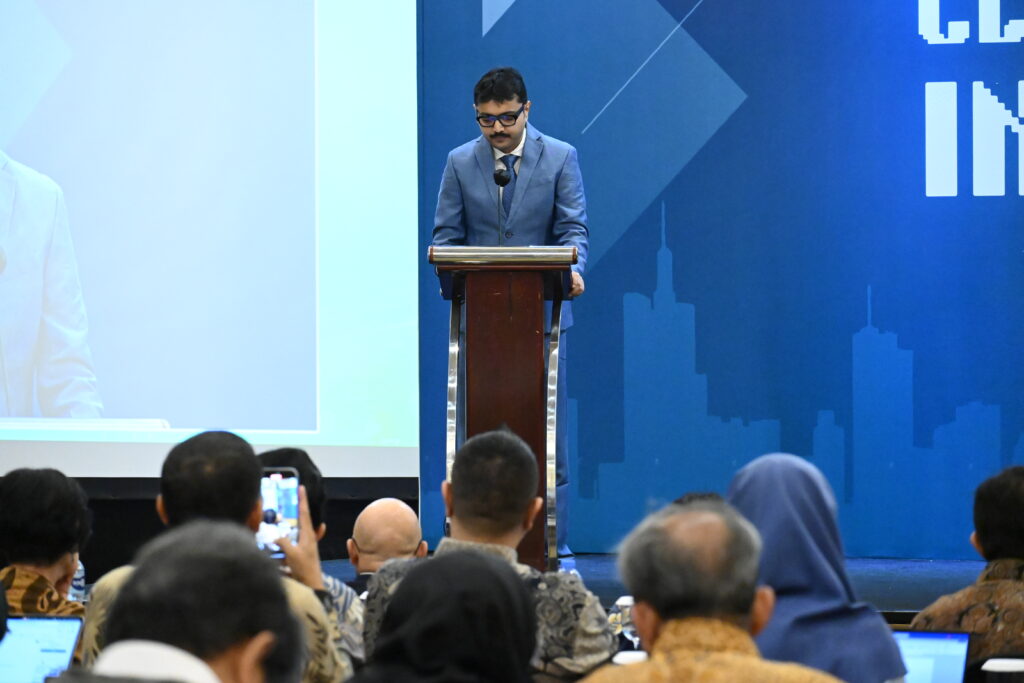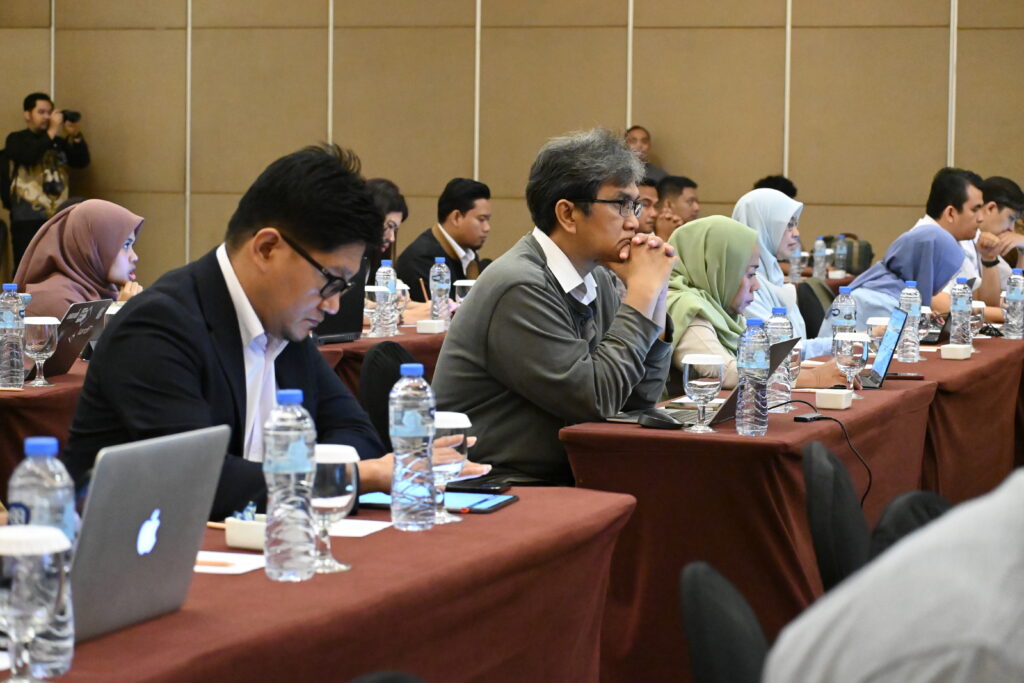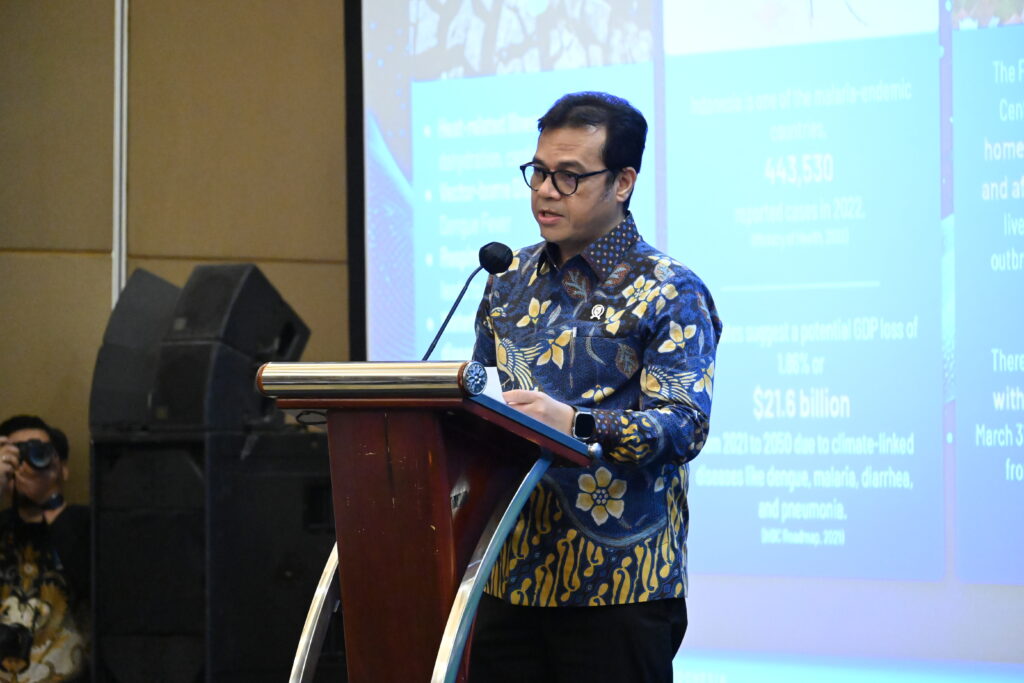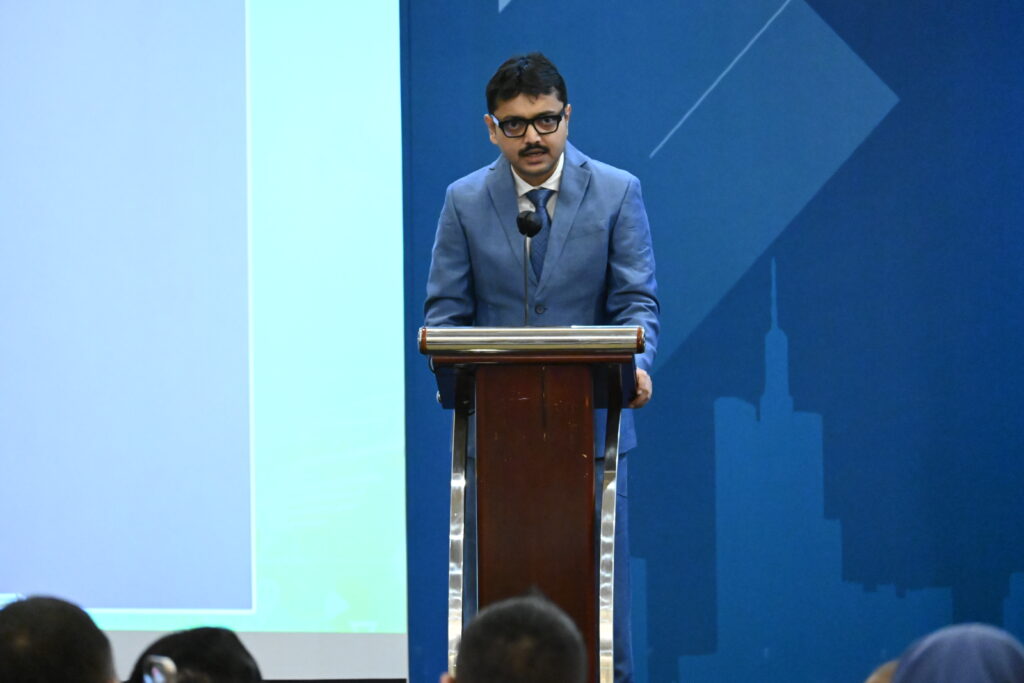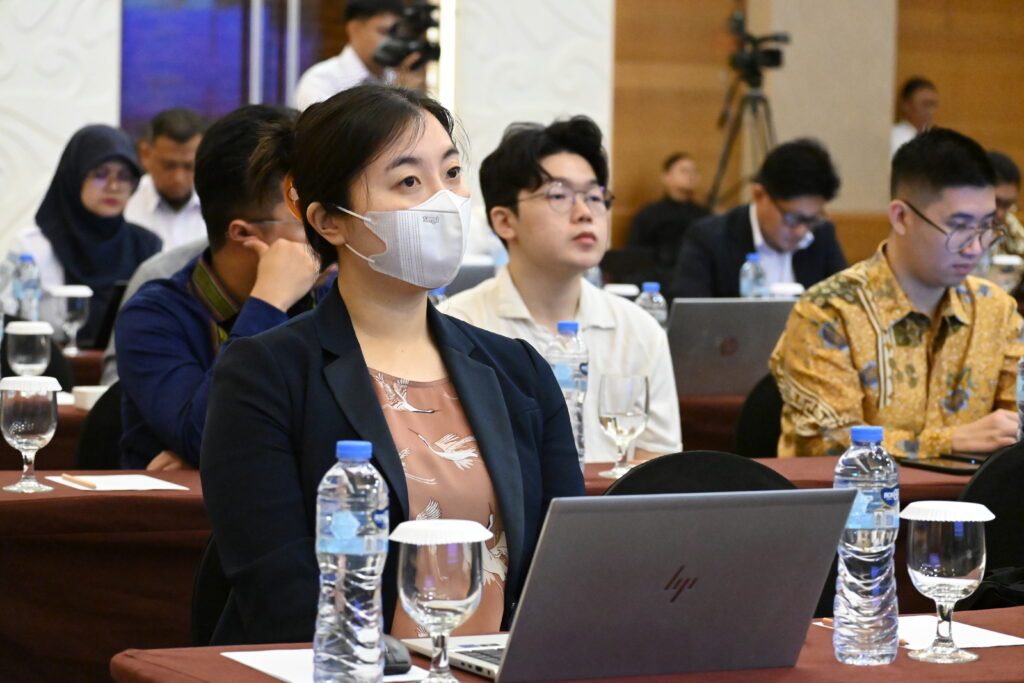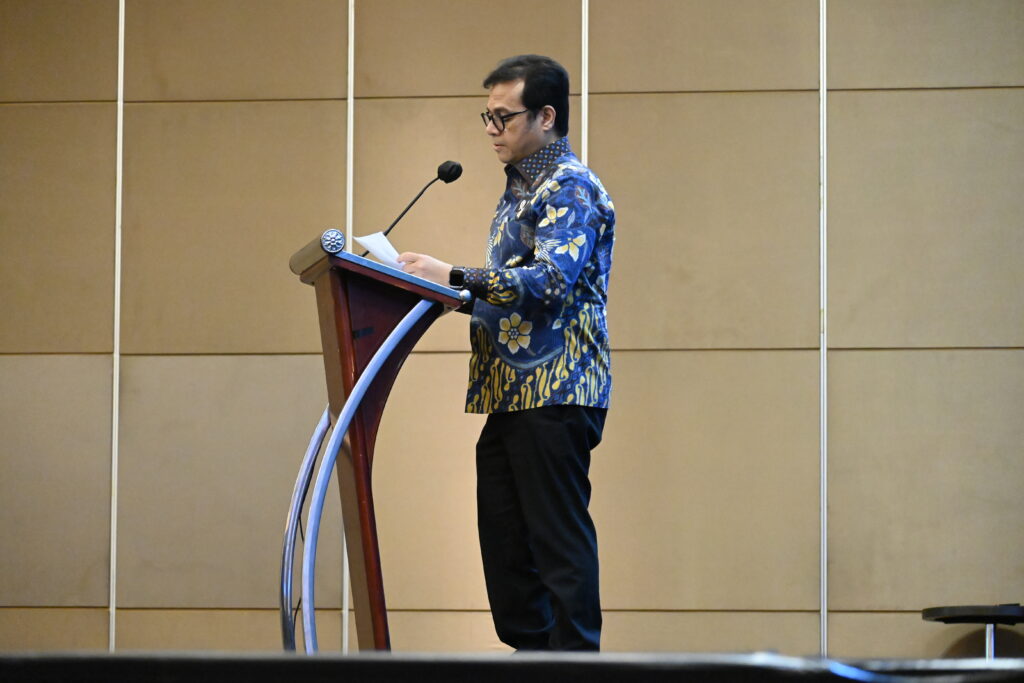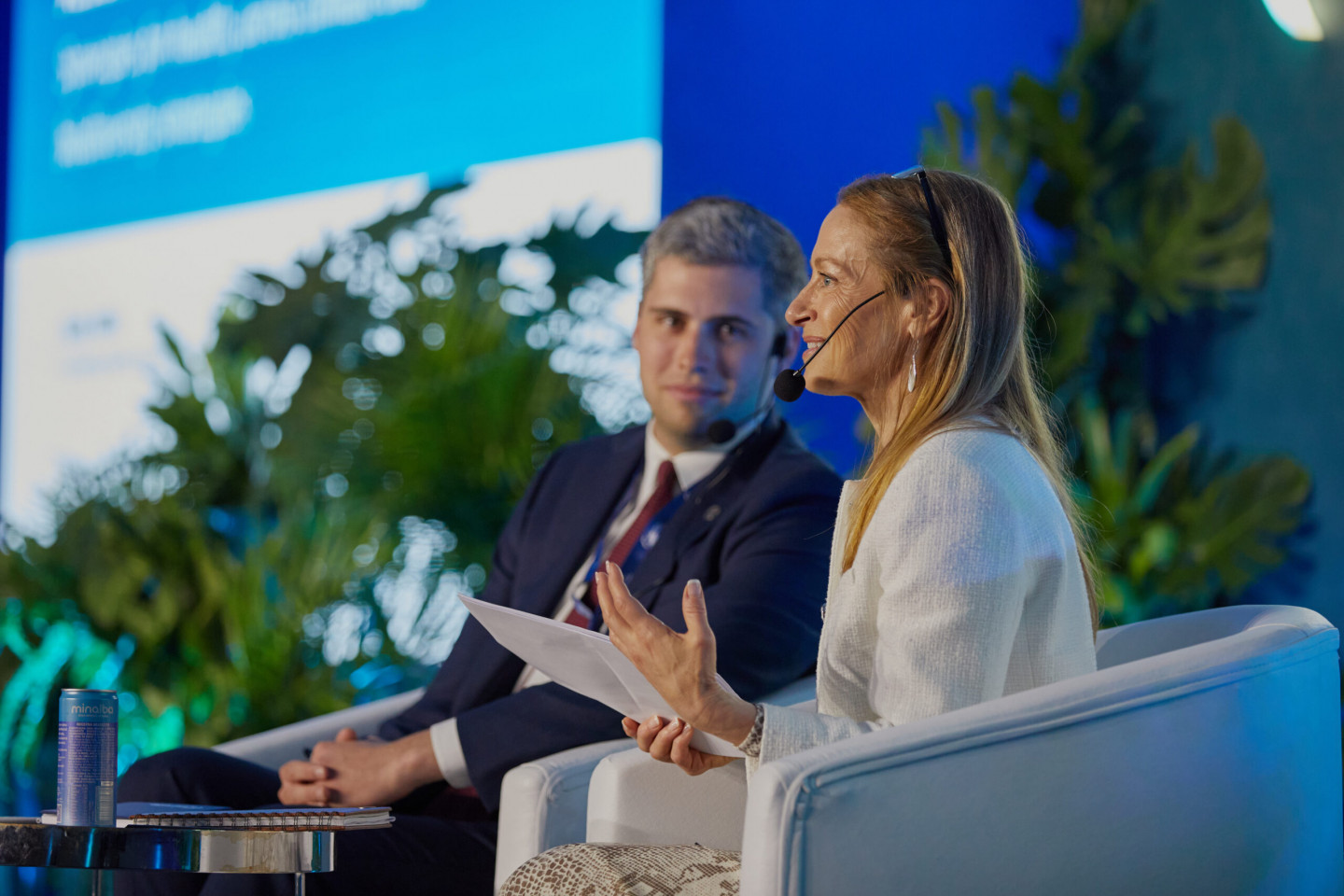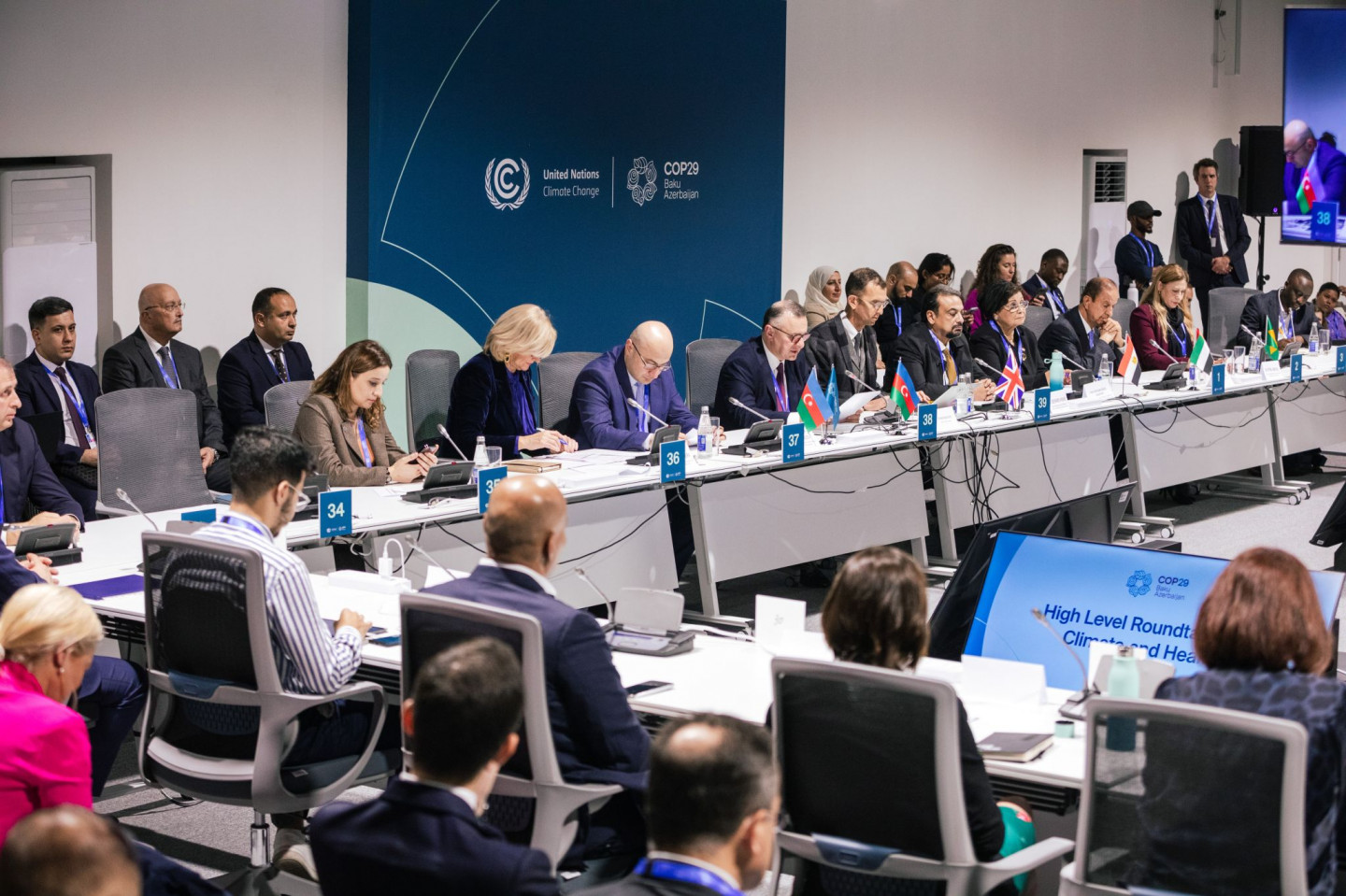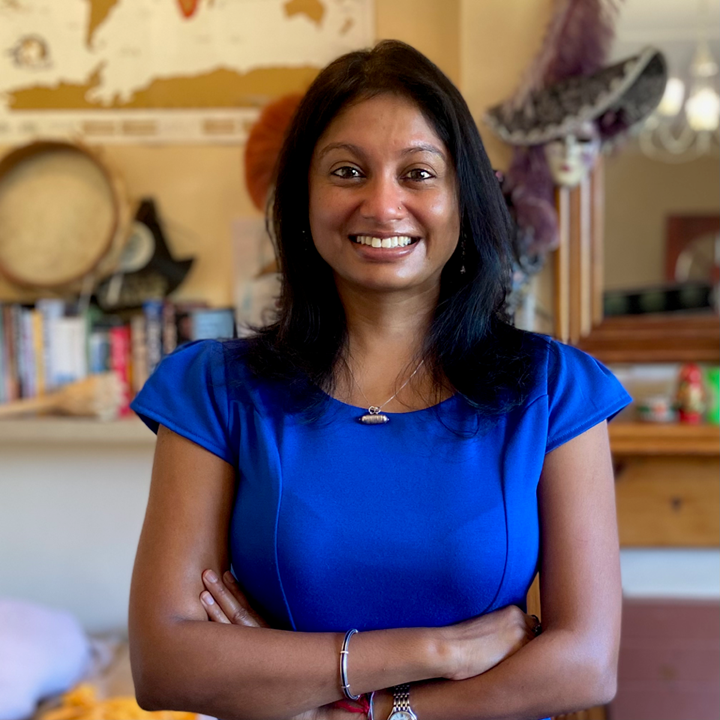WASHINGTON, DC, June 26, 2025 – The Institute for Health Modeling and Climate Solutions (IMACS), a global center of excellence advancing the integration of climate and health intelligence, today announced that, effective July 1, 2025, a new grant from the Patrick J. McGovern Foundation will support the establishment of its Central Data and Analytics Hub (CDAH). The hub will drive the advancement of IMACS’ climate health AI foundation model and related digital public goods, as well as a training program, to equip public health professionals with the knowledge and tools required to make data-informed decisions at the intersection of climate and health.
IMACS recognizes that the core challenge is not the lack of climate data or advanced modeling, but the inability of existing health information systems to integrate and act on climate intelligence without disrupting established surveillance, reporting, and decision-making workflows. To address this, the CDAH will develop a climate-health foundation model– a versatile, pre-trained AI system built to understand patterns across large, diverse climate and health datasets. Unlike traditional AI models that are built for a single task, this foundation model can be rapidly adapted to forecast multiple diseases and risks across different countries and contexts. Alongside this, CDAH will deliver hands-on training and ready-to-use digital tools to help public health professionals apply these insights in real time– strengthening decision-making without requiring costly changes to existing health information systems.
The CDAH builds on IMACS’s earlier successes in India and initial work in Indonesia, where AI fusion models demonstrated the value of integrating climate and health data. This foundation was strengthened through support from the Patrick J. McGovern Foundation in 2024, which enabled the development of a scalable, multi-disease forecasting engine that uses edge technology and deep neural networks and training of public health professionals to incorporate climate intelligence into national public health systems.
With this new grant, IMACS will build on these accomplishments to launch a next-generation platform comprising five integrated components: an AI research and development environment; AI and digital public goods marketplace and registry; a system integration and deployment layer; a dedicated training environment; and a real-world evaluation sandbox. The platform will host a curated suite of foundation models and turnkey, modular tools designed to connect climate data, population vulnerabilities, and health system decision workflows– enabling rapid deployment without requiring major changes to existing national infrastructures.
“At IMACS, we’re embarking on a new chapter thanks to a generous grant from the Patrick J. McGovern Foundation,” said Dr Kaushik Sarkar, IMACS Director. “This funding will enable us to build a central data and analytics hub– a game-changing platform that moves predictive models out of the lab and into the field, empowering decision-makers, strengthening health systems, and delivering timely warnings and support to vulnerable communities. Grounded in science, driven by speed, and committed to equity, we will turn data into lifesaving public health action.”
“As climate risks become more widespread, new tools empower public health professionals to better predict and respond to infectious disease outbreaks linked to shifting weather and temperature patterns. IMACS delivers AI solutions through deployment-ready models that can be scaled and integrated into existing national health infrastructures,” said Vilas Dhar, President of the Patrick J. McGovern Foundation. “Our partnership advances this transformative work by equipping public health professionals with resources to protect the world’s most vulnerable communities.” -
About PJMF
The Patrick J. McGovern Foundation (PJMF) is a philanthropic organization dedicated to advancing artificial intelligence and data science solutions to create a thriving, equitable, and sustainable future for all. PJMF works in partnership with public, private, and social institutions to drive progress on our most pressing challenges, including digital health, climate change, broad digital access, and data maturity in the social sector.
About IMACS
The Institute for Health Modeling and Climate Solutions (IMACS) is a global center of excellence with the mission to empower the world’s most climate-vulnerable countries with the tools, data, and expertise needed to predict, prevent, and respond to climate-sensitive health threats. IMACS is redefining how climate intelligence is operationalized in public health– by building and scaling AI-powered digital public goods that integrate and model climate and health data. Through the application of machine learning, interoperable platforms, and next-generation early warning systems, IMACS enables real-time risk detection and proactive responses at scale. IMACS supports countries through co-designed implementation pathways– orchestrating data cooperation, strengthening national health and climate information systems with tailored innovations, training frontline actors and policymakers, and institutionalizing their use through clear SOPs and sustainability guidelines. By unlocking the value of climate and health data, IMACS helps transform fragmented information into strategic, actionable knowledge– enabling smarter decisions, better preparedness, and more resilient health systems in the era of climate disruption.
